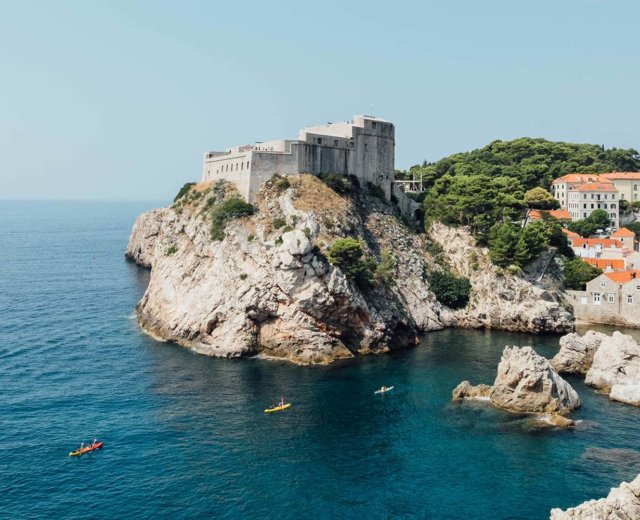5km To 56km: How To Achieve Peak Fitness In Your 40s
Getting fit in your 40s isn’t easy, but as Andrew Dickens proves, it could be the fittest decade of your life
It seemed like a good idea at the time. Then, as my legs began to rise up against me in a bloody revolt against the pain and oppression they had suffered under my cruel regime, my faith wobbled. In fact, every bit of me wobbled.
‘It’ was the 2014 Two Bays Trail Run, a 56km ultramarathon on the Mornington Peninsula near Melbourne. This race takes place in January, the height of the Australian summer, and isn’t just 56km long, it also has climbs totalling 705m. You go up and down a hill called Arthur’s Seat, which is 305m high (approximately the height of the Shard) – then you go up and down it again. It’s that big hill in the photo below. It has a cable car.
The race is nearly all off-road, with much of it through bushland that houses brown snakes. ‘Brown snake’ doesn’t sound as threatening as ‘black mamba’ or ‘king cobra’, but ol’ brownie is the second-most venomous land snake on Earth. And brown is really hard to see on dirt tracks.
Read more: 9 unexpected and wonderful things I discovered in my 40s
Sometimes you’re running and can see no other living creature. Sometimes you’re completely exposed to the elements (I still have lines of freckles on my shoulders where I was sunburnt along the strap of my running vest).
I had to run a marathon just to qualify for entry. A year before the race, the longest distance I had run was 5km. I had no natural aptitude, no gazelle-like physique, and I had joints held together by plasticine.
And I flew to the other side of the planet to do this.
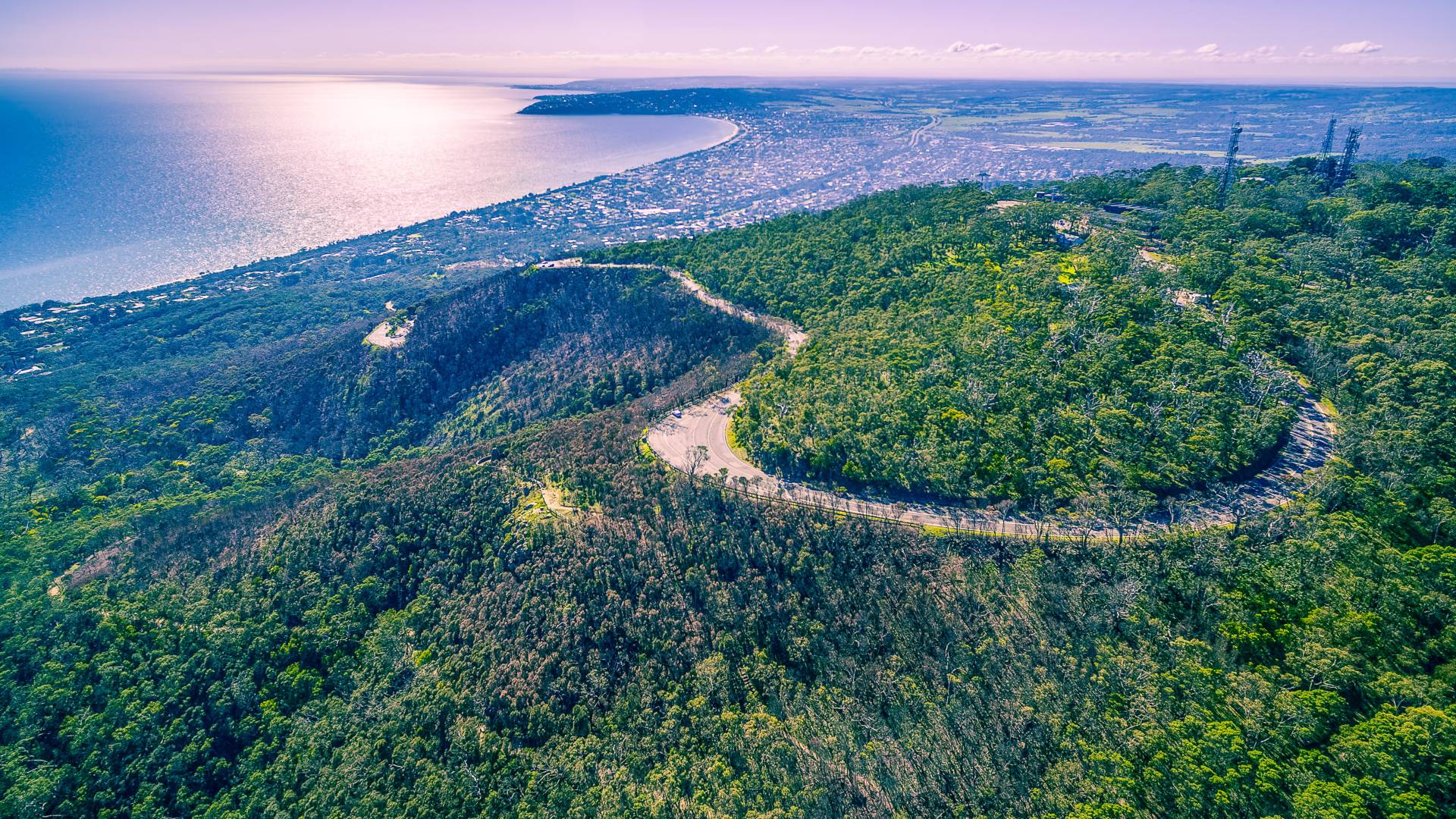
Get motivated by middle-age
You might be asking: why? And this would be a very reasonable question. There was a number of reasons, including: impressing women, getting a trip to Australia, bragging rights over friends who had run marathons, the chance to eat and drink anything I wanted for a week afterwards, pride, to be somewhere warm in January, impressing women (this gets mentioned twice because it worked: I met my now wife – who has done five marathons – while I was in training).
But the biggest ‘why’ is that I was 39. I’d turn 40 in October that year. While I’d been fairly fit at times in my life and always sporty, I’d never really pushed myself. In your 20s you can get away with doing terrible things to your body and I took horrendous advantage of this. You hear terrible things about what happens to your body in your 40s, though, so I figured this was my last chance to get really, properly fit. Could my 40s be my fittest decade? Could they be anyone’s?
I needed a goal – something I could tell everyone I was doing, something I could get people to sponsor for charity. Because my greatest motivator is shame, the feeling that I might let people down.
This race seemed like the perfect goal.
The thing is, by the time I got everything organised, it was four months away and the longest I’d run at that point was a solitary half marathon in Reading.
One of my friends genuinely thought I’d die. Others thought my brain was already dead. But I’m not an idiot – I know that you don’t take a car onto the motorway when it only has two gears. I got the pros in.
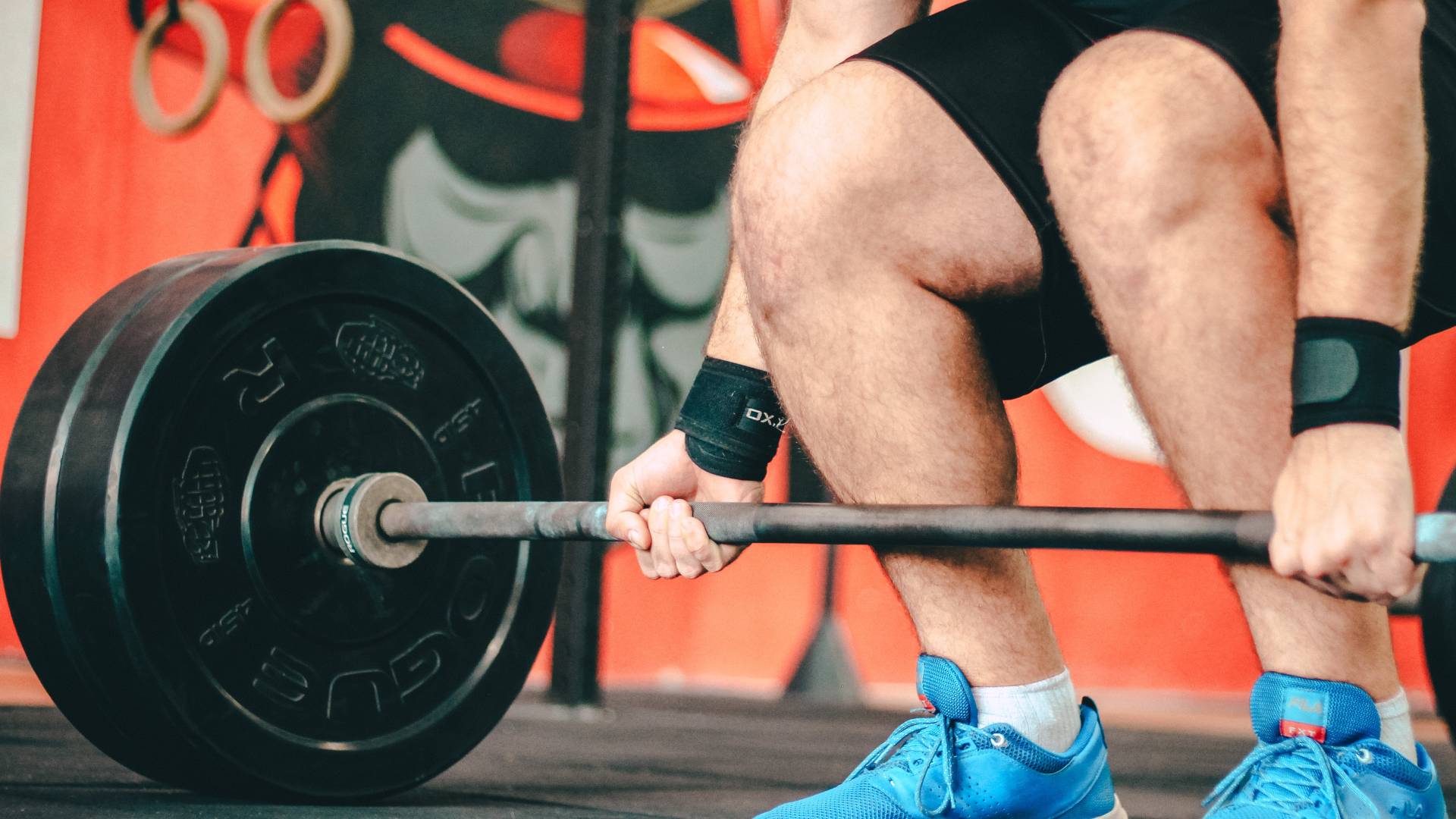
When in doubt, get a professional out
I consulted professional trail runners and nutritionists, I had my technique analysed by Reebok. And I got myself my very own high-end personal trainer, Steve Halsall. Speaking to him again five years later, he believes that you can be your fittest in your 40s.
“I think if you were active as a kid and allow yourself to use your life experience then yes,” he says. “Your 40s are a great opportunity to set yourself for the next 30 or so years. Key factors are time management, iron discipline, weight training and conscious nutrition. If you’re starting from scratch you’ll need to be more patient and more disciplined to experience your fittest decade. Reduced testosterone levels and a reduced metabolism can often lead to weight gain and that sense of “nothing will work”. Fear not, many gains can be had, you just have to want them bad enough.”
This was the kind of pep talk Steve had given me when I started training. I had feared CIA extraordinary rendition levels of physical torture and the social life of an agoraphobic monk. I was only half right.
Yes, there were weight sessions, there were runs, there was yoga, there was cycling. Yes, the chocolate and beer levels had to diminish. Yes, the pain and dedication levels were beyond anything I’d experienced before.
Read more:10 life lessons to excel in your 40s, by adventurer Ed Stafford
Doing the hard yards
When a half marathon is your gentle midweek training run, you know things are getting serious. When you buy an exercise bike and look for three-hour epics on TV to watch while you pedal. When you’re buying sacks of ice to put in the bath, followed by your body. When you’re weighing your muesli.
When you run 18 miles on the 23rd of December. When you then run 18 miles again on the 24th of December.
The thing is, when you to 40, you basically need to work a lot harder. Those ‘changes’ I mentioned are very and noticeably real. A bit like a second puberty, but with less screaming about how the world doesn’t understand you every time your mum served up the wrong kind of oven chip.
“In your 40s the ability to create new lean muscle tissue is diminished by falling testosterone levels,” says Steve. “Typically a man can lose 1% of testosterone every year after the age of 20, leading to weight gain and increases in blood pressure, whilst sex drive and energy diminish. Fear not, though: pushing weights, eating clean and reducing stress will keep your testosterone levels suitably elevated. Basically, it’s your body and your choice here. Why wouldn’t you start as you mean to go on? It is never too late to improve.”
Are there some things your body is better at in your 40s?
“Again, it’s all about where your start point is and what muscle memory you have. Years of self-discipline will always reward you. In particular, in technical sports and activities, you’ll be so much better as you’ve done the hours honing your skills. Experience is a positive and smug thing to carry around with you. I remember doing a duathlon around Hyde Park in my early thirties and being thrashed by loads of guys in their 40’s, the series winner was 42 and was in amazing shape. By your 40’s you’d of collected many hours of training and hopefully really understand your body’s needs and limitations.”
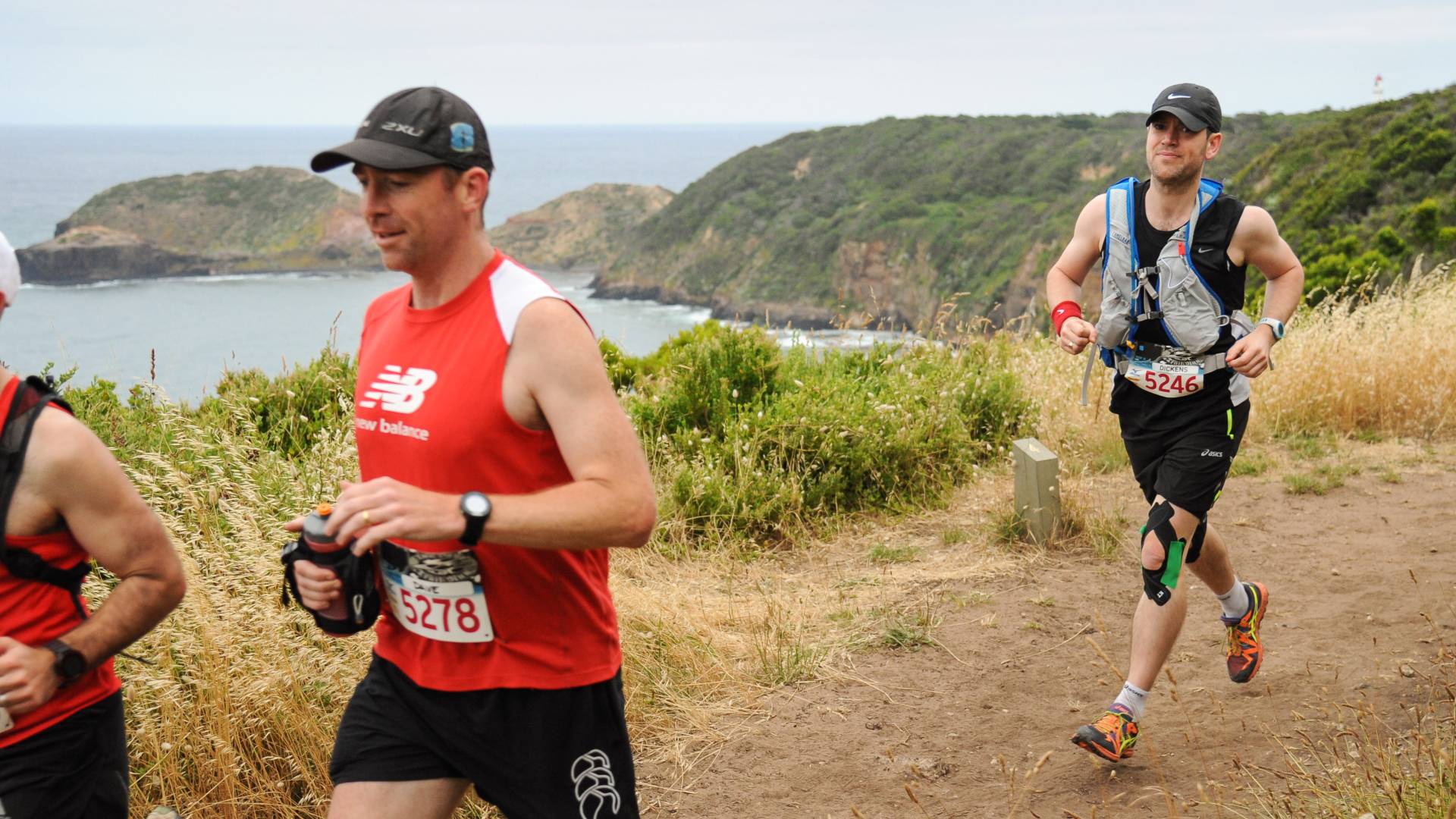
A healthy work-life balance becomes a healthy training-work-life balance
Now, before you get put off, the training wasn’t all pain. The yoga was really very relaxing and there are worse ways to pass a Sunday afternoon than watching Spartacus while pedalling in your bedroom.
It also didn’t kill my social life. I couldn’t have coped with that. I went on dates (obviously – see wife comment), went dancing and allowed myself the occasional no-limits night out (you should see how much pizza you can eat when you’ve run 40 miles in a week). I even got trolleyed on New Year’s Eve, just 12 days before the race, and feasted hard on Christmas Day.
I was lucky. I had Steve in my corner to tell me what to do, what not to do, and to send disapproving texts when I went a bit overboard with the nights off. If you don’t have that help, according to Steve, there are some very basic mistakes you can make.
Read more: 7 reasons to go running every time you travel abroad
“One of the biggest mistakes people make is not paying enough attention to the basic nutritional requirements of an increase in training volume,” he says. “Hydration on a daily basis (a litre of water per 25kgs of body weight). A balance of good fats (cold-pressed, avocado, olive oil, oily fish, nuts and seeds) and clean carbohydrates (sweet potatoes, brown rice and quinoa) help with recovery. The whole experience is led by your ability to recover and avoid injuries. Additionally, listening to your body, taking days off and getting good sleep all add up to success.”
Let me tell you, the days off were a joy; given the chance, I’d have spent them being transported everywhere in a sedan chair. But the hard work and less hard work did all add up to success.
I was king of the world
Having dragged myself up at 4am for a 7am start (I was staying at a vineyard, which made the night before absolute purgatory, especially as I could hear a wedding party very much having a day off), I staggered over the line just after lunchtime, riddled with feelings of relief, achievement, pain and general euphoria. I was also, at this point, supremely fit, by my standards. The fittest I’d ever been. I felt a billion dollars, my mental health was at an all-time high, and I could now do a headstand.
The only crushing disappointment was that, having gone for a much-craved beer and pizza directly after the race (yes, unwashed) my appetite let me down for the first time in my life and I trudged from the restaurant with three quarters of my meal still in its box (don’t worry, reader, it didn’t last the day).
Looking back at the photos (of the race, not the pizza), I see something I hadn’t at the time: my age group was well represented. Loads of the runners were (or at least looked – there’s no accounting for the ageing effects of the Australian ozone hole) over 40.
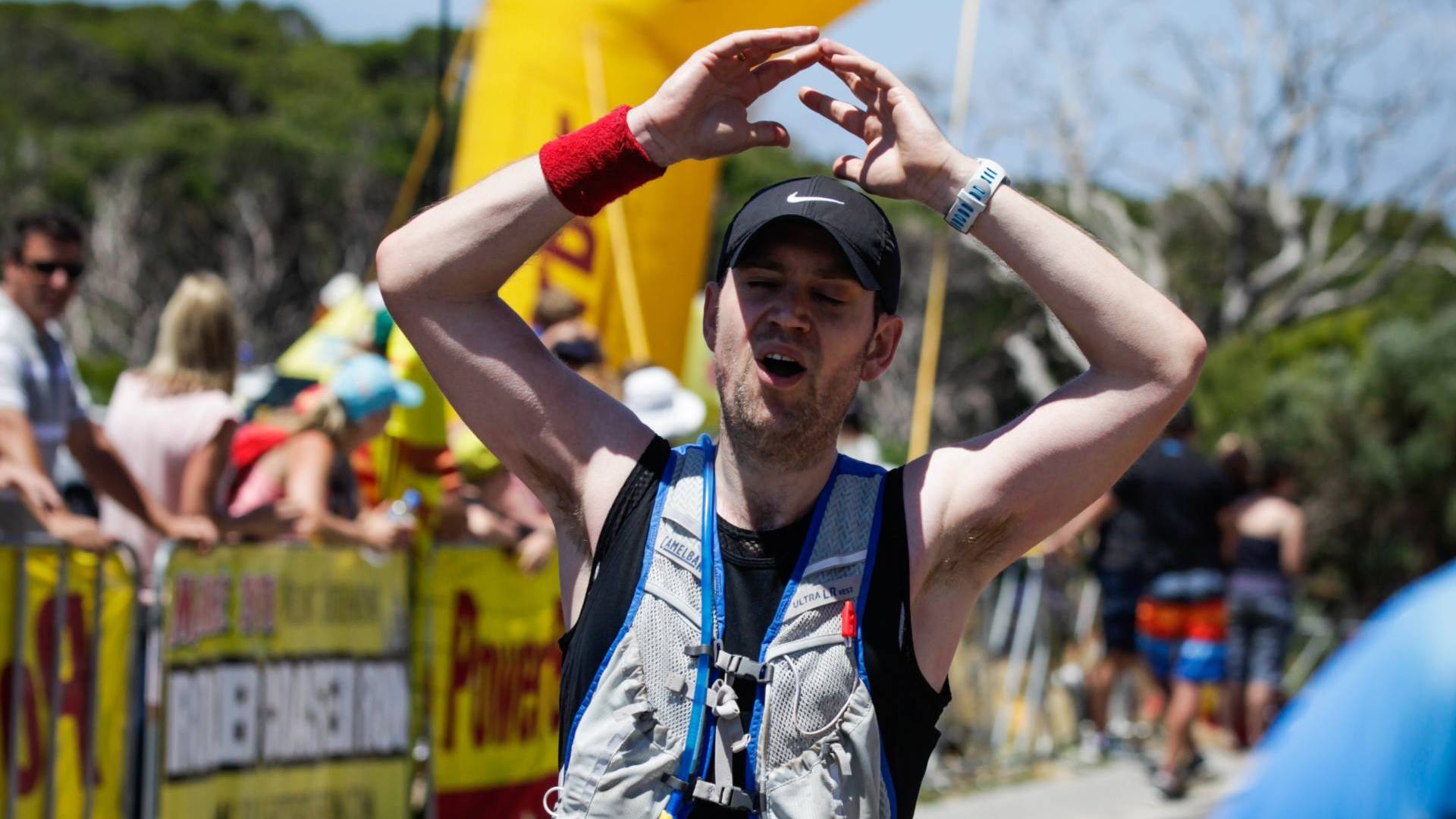
Improving with age
So, if you’re 40-plus or even just 40-curious, you won’t be alone. And Steve thinks an endurance event like that is your best option.
“Triathlon is a good all-round sport and can lead you to the holy grail of an Ironman,” he says. “Cycling has never been bigger in this country and the roads are awash with designer Lycra and carbon frames. You can literally go forever on a bike. Swimming is obviously a gentle pursuit and one to consider if you’re coming from a low start point. Weight training is essential and the only one I’d say all men should do.
“Take a year over the training. Get a thorough health check and fitness assessment. This will tell you your baseline and give you an accurate start point. Small incremental progressions in distance will avoid unnecessary injuries and allow tendons and connective tissues to become accustomed to the new physical intensity. Within that year, take the first quarter to increase strength. Getting super strong legs and core will underpin your training. Learning the basic Olympic moves of squatting and deadlifting will increase strength and having a dynamic core regime – a weekly reformer Pilates session would help with that.
Now, technically I was 39 when I completed that race, but I haven’t stopped running since. I mean, I’ve stopped running, obviously, I’m not Forrest Gump, but I still run regularly. I target 30km a week (which was a lot easier before I got a dog) and I try to do two or three half-marathons a year. So, while I was 39 when I was at peak fitness, my 40s have been my fittest decade, because no way was I doing anything like that in the previous decades. That make sense?
Anyway, it shows it can be done. Halsall agrees. Not only can it be our fittest decade, but your most inspiring and important health-wise.
“After 24 years of being a trainer and working with some of the worlds most talented CEOs the overwhelming observation is, whatever you chose just stick at it, be consistent and find the time,” he says. “Your 40s are the defining decade on how you live the next 40-plus years. It’s never too late to excel at anything – you just need to focus and get on with it.”
View this post on Instagram
56 (very hilly) kilometres later. The medal doubles up as a bottle opener, by the way.

